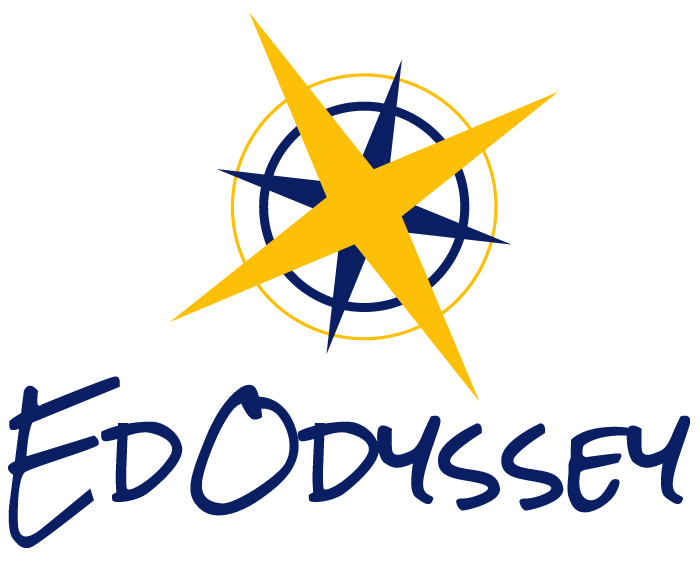Blog
April Feature - Julia P.: How Study Abroad Builds Perspective
In this month’s feature you’ll meet Julia “GG” P., an EdOdyssey alumnae and current senior at the College of the Holy Cross in Worcester, MA. She spoke with us about how travel has changed her, and you’ll see how her past experiences abroad continue to shape her and her future plans.
Seven Reasons You Can't Miss Cusco
The history of Cusco has transcended time and still lives and breathes through its people, places and animals. Centuries ago, The Incan Empire was spread throughout South America as one of the world's largest tribes, and Cusco held the status as the capital of the Incas. Before the Spanish came in the 16th century, the empire covered Colombia, Ecuador, Peru, Bolivia and northern parts of both Chile and Argentina.
EdOdyssey's Epic Six Day Finale For Fall Study Abroad 2018
We always save Cusco for the end because at the end of every study abroad semester in Lima because it’s a special way for our local staff at EdOdyssey to wrap up an emotional semester abroad with our students. As a final touch, this past semester our study abroad students took an amazing trip to Cusco and Machu Picchu with Patty, our Peruvian Program Coordinator.
Why Study In Peru?
Lima has taken the natural beauty of existing landscape and it given it a modern twist and the inhabitants of the city have taken traditional Peruvian foods and fused it with existing flavors from other parts of the world.
Understanding The Keys of Peruvian Culture: Landscape and Diversity
Our desire to share Peru’s unique beauty with the world comes from our own life-changing experiences there, and we believe that it will change yours too.
Search previous blogs here.


